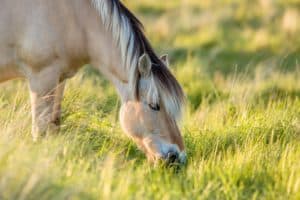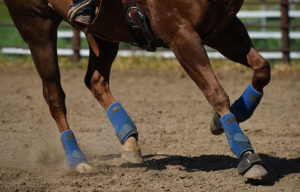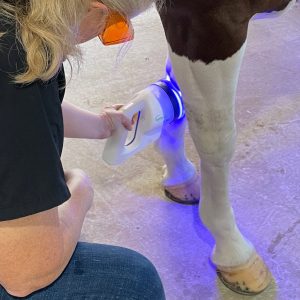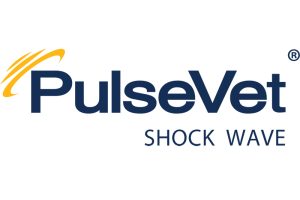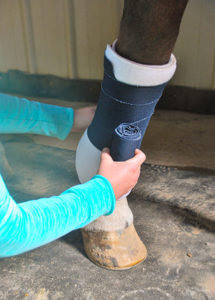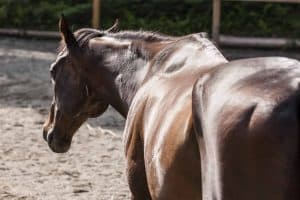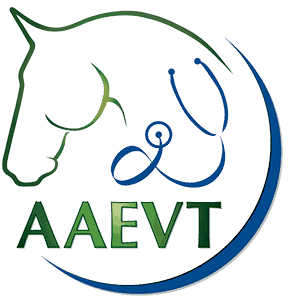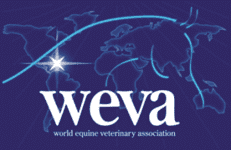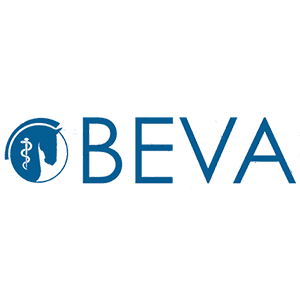AAEP Publishes Nocardioform Placentitis Guidelines
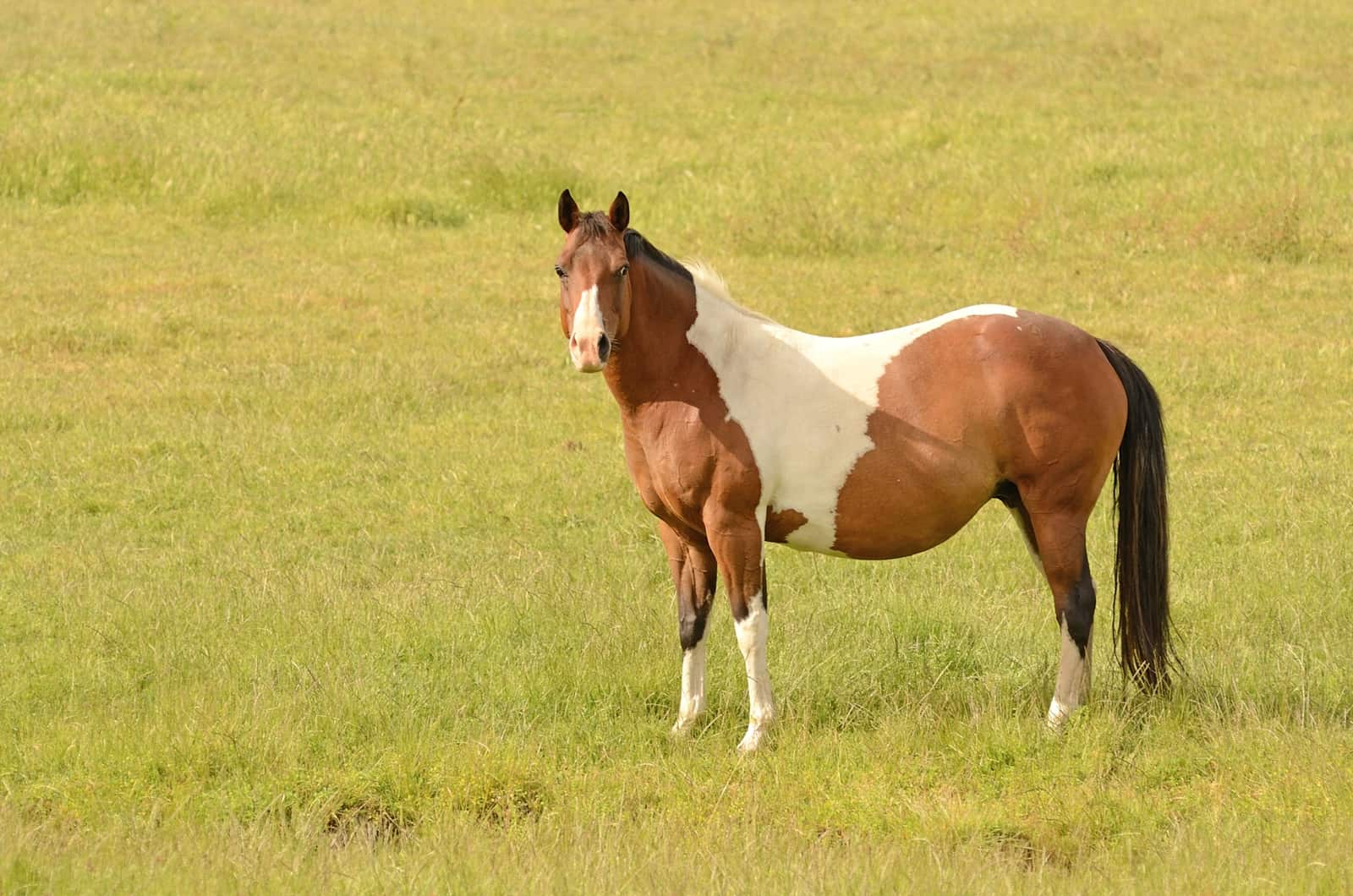
NP was first diagnosed in Central Kentucky in the mid-1980s, and its occurrence since has varied from sporadic cases to outbreak years in the region. Outside of Kentucky and the United States, NP has been reported primarily as isolated cases with few outbreaks. The suggested window from exposure to clinical signs is generally three to five months. In addition, there is a strong association between weather conditions during mid-to-late-pregnancy and increased occurrence of NP, specifically exposure to low rainfall and high temperatures during August and September in Central Kentucky.
“The insidious nature of NP makes the early diagnosis and onset of treatment rather challenging in clinical practice,” said guidelines co-author Igor Canisso, DVM, MS, PhD, Dipl. ACT, ECAR (Equine Reproduction), Associate Professor of Theriogenology at the University of Illinois College of Veterinary Medicine.
Attempts to create experimental NP infection have been unsuccessful, limiting evidence-based assessment of therapy efficacy. Currently, mares suspected to have NP based on ultrasonographic lesions are usually empirically treated with antibiotics (e.g., sulfa, doxycycline, or gentamicin), anti-inflammatories (flunixin or firocoxib), steroids (altrenogest and/or estrogens), and supporting medications (pentoxifylline and vitamin E).
Canisso co-authored the Nocardioform Placentitis Guidelines with Maria Schnobrich, VMD, Dipl. ACT, shareholder and theriogenologist at Rood & Riddle Equine Hospital; Carleigh Fedorka, PhD, postdoctoral fellow at the University of Kentucky’s Maxwell H. Gluck Equine Research Center; and Barry Ball, DVM, PhD, Dipl. ACT, who recently retired as the Albert G. Clay Endowed Chair and Professor in Equine Reproduction at the University of Kentucky’s Maxwell H. Gluck Equine Research Center.
AAEP guidelines for 23 additional equine infectious diseases are also available along with five foreign animal disease guidelines.
About AAEP
The American Association of Equine Practitioners, headquartered in Lexington, Kentucky, was founded in 1954 as a nonprofit organization dedicated to the health and welfare of the horse. Currently, AAEP reaches more than 5 million horse owners through its over 9,000 members worldwide and is actively involved in ethics issues, practice management, research, and continuing education in the equine veterinary profession and horse industry.
Written by:
Edited Press Release
Related Articles
Stay on top of the most recent Horse Health news with



